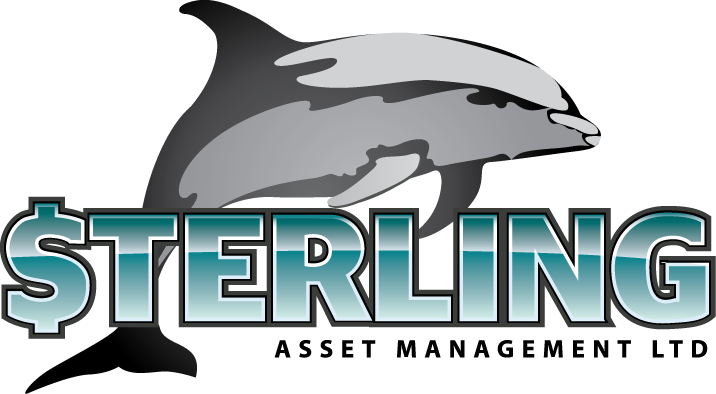By far the most frequently asked question we get about bonds is: what is the difference between the yield on the bond and the interest rate on the bond? Today we TRY to demystify this source of universal confusion. The article contains examples for illustration purposes only and statements that are generally true; but to which there are always exceptions. Before we begin, it helps to remember the following:
- A bond is a type of loan. You are the lender, and the issuer is the borrower. Just like your car loan or mortgage, the bond is issued for a specific amount of money, a specific amount of time and at an agreed upon interest rate. The terms of repayment are predictable. The interest rate on the bond is often referred to as the “coupon”.
- The price of a bond can move up or down – just like a stock or a piece of real estate. Bonds trade on public (and private) markets and there are usually buyers and sellers constantly negotiating purchases and sales. Much like the assets mentioned above, the market conditions help to determine whether the price of a bond moves up or down.
The key distinction between a yield and an interest rate is that the interest rate/coupon tells you the cash flow you will get from the bond while the yield is an attempt to measure your total return. The reason there is a difference between the INTEREST RATE and the TOTAL RETURN you earn on the bond is because there is USUALLY a DIFFERENCE between what YOU PAY for the bond and THE AMOUNT OF THE BOND you own. In other words, it is possible to pay US$101 for only US$100 of a bond. It is also possible to pay US$99 for US$100 of a bond. Let’s take an example to illustrate the difference:
A large French Bank has a bond with a 7% coupon and a 2028 call date. If you pay US$100 for US$100 worth of this bond, you will have both a 7% yield and a 7% interest rate. If you pay US$101 for US$100 worth of this bond, you will enjoy a 6.7% yield. The lower yield reflects the fact that you had to spend more money, US$101 but are receiving the same US$7 (so your denominator is larger) AND the fact that you will also experience a capital loss of US$1 at maturity (since the issuer will only be paying you back US$100 -the amount of the bond / loan you own). The yield considers that you spent more money to get the same income level AND that you will experience this small capital loss at maturity. The reverse is also true for bonds that are priced below US$100 – at a “discount”. For example, if you bought the bond above at a price of US$95 per US$100, you would earn an 8% yield – reflecting the fact that not only are you earning US$7 on a spend of only US$95, but that you will experience a capital gain when the issuer repays the bond.
Alternatively, imagine that you are in a bidding war for an apartment. There is likely to be a cap on the amount of the rent that you can reasonably expect to receive. However, there is no cap on the price you pay for the apartment. The higher the price you pay for the apartment, the lower your total return (because the denominator in this equation: rent / purchase price, is larger) and vice versa. While it is not a like for like comparison, the principle is somewhat applicable.
The other big input affecting the yield is the number of years to maturity / call of the bond. This impact is more nuanced, but generally the longer the time to maturity, the less impact price has on yield. The shorter the time to maturity, the more impact price has on yield. There are many nuances and explanations that cannot be captured here. Hopefully this will provide an initial clarity that improves your comfort with making investment decisions.
Marian Ross is Vice President, Trading & Investment at Sterling Asset Management. Sterling provides financial advice and instruments in U.S. dollars and other hard currencies to the corporate, individual and institutional investor. Visit our website at www.sterling.com.jm
Feedback: If you wish to have Sterling address your investment questions in upcoming articles, e-mail us at: info@sterlingasset.net.jm
